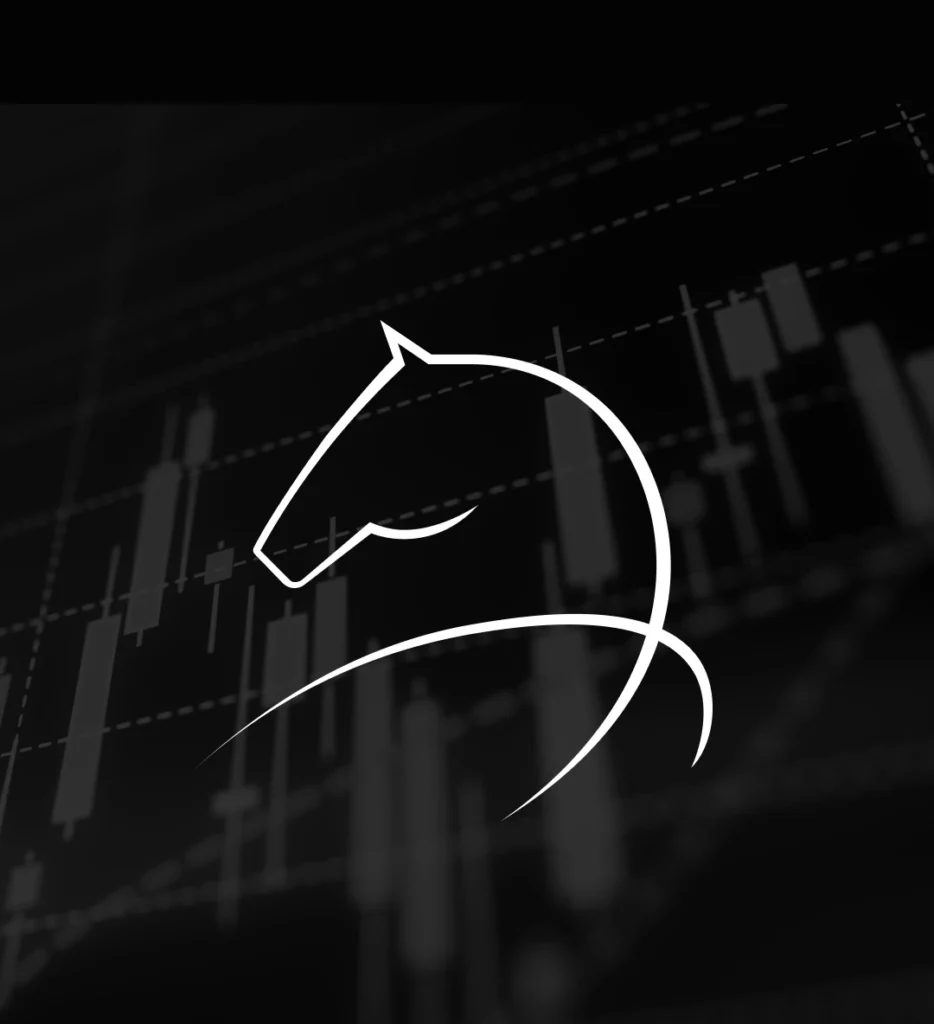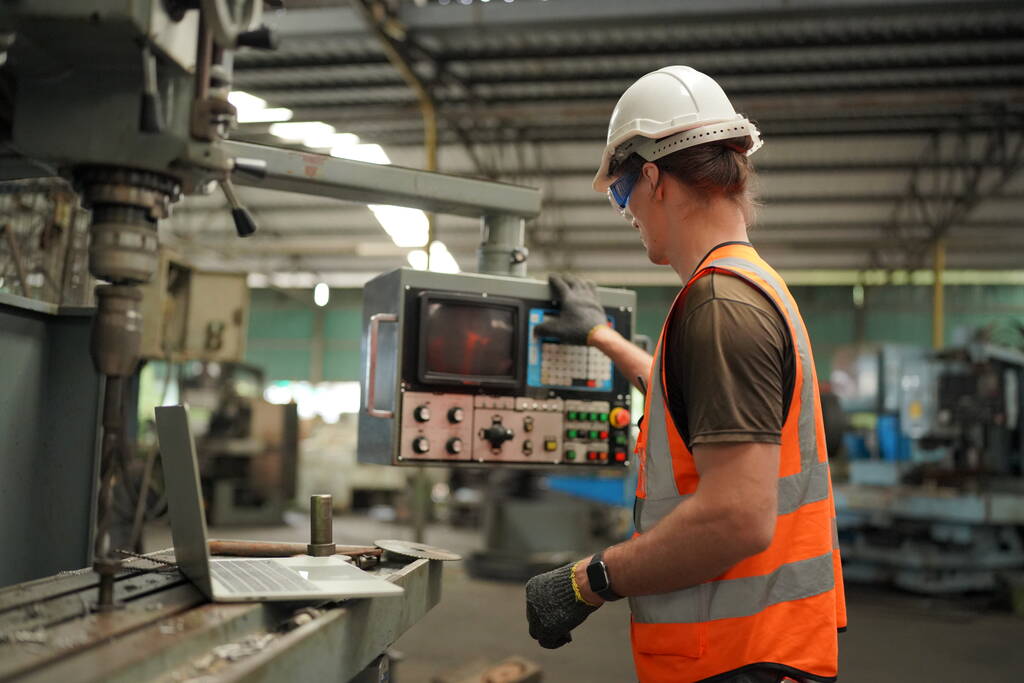Many Australian entrepreneurs find success through manufacturing, wholesale and construction however the raw materials and machinery that support these businesses often still need to come from overseas. The costs of equipment such as CNC machines and industrial food manufacturing parts can be high, which is why using a trade finance facility to fund upfront payments can be a solution.
Take a look at an overview of what’s involved with a trade finance solution and some information about the advantages and disadvantages of this type of commercial loan.
What is a trade finance facility?
Trade finance is another way of describing a line of credit or a loan for a business. It works as a short-term funding solution for vendors that buy from overseas and domestic suppliers.
When you use trade finance, you pay your supplier using the lender’s money, then pay back the line of credit in the future. The benefit of this arrangement means you don’t have to save money or tap into your own working capital in order to be able to purchase goods and sell them to consumers.
Businesses use trade finance as an unsecured line of credit that covers the financial gap caused by buying goods, waiting for them to arrive and selling them. The solution works for vendors because it means they are paid promptly and can pay their own suppliers.
See more: Commercial lending options
Advantages of using a trade finance facility
Trade finance is usually purpose-designed to cover the timelines of importing materials or equipment, manufacturing and sales cycle. This type of borrowing arrangement can also suit businesses that wish to purchase stock or inventory.
If you’re a manufacturer, wholesaler or construction-related business, you’ll find some compelling reasons to establish a relationship with a trade finance lender.
#1 Supplier verification and reduced risk
The risk of doing business is that you will not get what you pay for.
When you use a reputable trade facility, all stakeholders will be reviewed before money is transferred. This reduces the risk of ‘dodgy’ operators going back on their agreements.
Lenders will review overseas and domestic suppliers as part of their process. Arranging trade finance can boost your peace of mind.
Some trade finance lenders only release funds on proof of shipment, which will give you even more certainty about your purchase.
#2 Pay once at a fixed rate
If you enter into a repayment agreement with an overseas supplier instead of with a lender, there may be an issue caused by changing exchange rates. Global markets are in a state of flux at the moment due to global supply chain issues and you may find yourself making higher payments to the supplier than you planned for.
With a trade finance facility, the supplier is paid in full by your lender and your goods will be shipped to you. You will then follow a schedule and make set repayments that aren’t influenced by exchange rates.
#3 Use trade finance as a financial stop-gap
A trade finance solution means you don’t have to tap into your own working capital to purchase manufacturing equipment or other machinery that will help grow your business. You can use the lender’s money rather than your own.
#4 Save money
Flexible, fast trade finance will allow you to take advantage of good deals on machinery, equipment or inventory, or discounts for upfront payment. If you don’t have the capital in the bank, it won’t be a problem.
The other benefit is that suppliers will want to work with you. Every business owner likes a client who makes payments upfront.
#5 Flexible payment terms
Different businesses have different timelines for stock/equipment acquisition and sales. When you find the right trade finance solution, it will work with your timeline so you can make repayments in a way that suits your business model and revenue cycle.
#6 Access unsecured finance
There are lenders and options that will allow you to secure trade finance without the need to borrow against existing assets or property, and often with no deposit required.
#7 Pay international suppliers
Not all types of loans are structured to support businesses that trade across continents. Trade finance solutions are more specific to these types of transactions, while specific trade finance lenders will have the right connections and knowledge to support your venture.
#8 Gain A Competitive Advantage
Not everything you need to operate your business is available in Australia.
Trade Finance facilities can be used to bring in equipment and machinery for your business from overseas. Whether it’s an industrial food machine, a specialised CNC machine or something else, you can use a Trade Finance facility to import assets that will give your business an edge over the competition.
Once your equipment has cleared customs, the Trade Finance can be paid out using traditional equipment finance over a 4 or 5 year term.
Drawbacks of trade finance
#1 Currency changes
It is possible when you purchase something from China or another overseas provider that future currency fluctuations will lower the price. Unfortunately, this is a risk that can’t really be avoided, especially when markets and global supply chain issues are unpredictable.
#2 Non-delivery
While lenders and lawyers take every reasonable step to put agreements in place in relation to international transactions, there is always a slight risk that the provider will let you down. This isn’t so much of a trade finance risk as a risk of doing business in the first place.
One way to mitigate this is to put insurance in place; this will help you pay back the finance if the goods do not arrive. The other option is to finalise the payment after the goods have cleared customs.
#3 Failure to sell goods
Business is full of risk and being unable to sell the goods you pay for is one of them. This may leave you struggling to repay your line of credit. Doing your research and having mitigation strategies in place will help you prevent this from happening.
#4 Shorter terms
Make sure you’re clear about the timeline for repayments before you proceed. It may be that a different lending arrangement makes better sense.See more: Secured and unsecured business loans
#5 Interest charges
Lenders make money by charging interest. There will be costs associated with trade finance and you need to factor these into your budget and pricing strategy.
This is all the more reason to work with a specialist commercial loan expert who can identify the best rates for the trade finance solution you require.
How to access a trade finance facility
As with any type of commercial loan, trade finance will benefit your business when you choose a lender and agreement that suits you.
The process includes:
- Contacting a specialist trade finance expert for help identifying the right lender and trade finance solution
- Share details about your business and your supplier
- Your expert applies for finance on your behalf
- Once finance is confirmed, you can draw down and issue payment to your supplier
- Receive your goods
- Finalise your account with your lender by paying it in full
Trade Finance FAQ
Take a look at some commonly asked questions about trade finance:
How much can I borrow in a trade finance arrangement?
Talk to Dark Horse Financial about the amount you can borrow to purchase goods from an overseas or domestic supplier.
What criteria will my business have to meet to secure trade finance?
Commercial lenders review all or some of the following criteria:
- The size of your business
- Your revenue
- How long you have been operating for
- The value of your assets
- Income and liability statements (for full-doc loans)
- Repayment capability
- What the money is needed for
- Your business’s credit risk status
- The company providing the goods
Can I use trade finance as an ongoing line of credit?
Yes. Once your Trade Finance facility is approved you will have a line of credit up to your pre-approved limit. As you pay down the funds you have used you are then free to draw on the facility again up to your limit.
Why should I work with Dark Horse Financial?
Now you understand the advantages and disadvantages of trade finance, you need to know which lender to choose.
At darkhorsefinancial.com.au, we’re not just commercial finance specialists; we’re business specialists with a clear understanding of what it takes to build a successful venture. We’re here to ensure you get a commercial finance solution that aligns with your business needs and goals.
Summary
A trade credit facility is a financial arrangement designed to support businesses, particularly those involved in importing raw materials, machinery, and goods from overseas. This type of financing acts as a line of credit, enabling businesses to purchase inventory or equipment without tapping into their own working capital. With a trade facility, suppliers are paid upfront by the lender, and the business repays the loan once goods are received and sold. This arrangement allows businesses in manufacturing, wholesale, and construction to manage cash flow, reduce risks, and capitalize on opportunities without being constrained by immediate financial demands. Trade finance facilities provide benefits like fixed repayment terms, supplier verification, and the flexibility to pay international suppliers, offering a competitive edge in global markets. However, potential drawbacks include interest charges, currency fluctuations, and the risk of non-delivery.
Work with a leading trade finance expert
If you need fast access to a trade finance facility, darkhorsefinancial.com.au can help. Send us a quick enquiry today.

Commercial Lending Solutions For Your Business
OVERDRAFTS | TERM LOANS | UNSECURED LENDING | EQUIPMENT FINANCE | PROPERTY FINANCE | CASH FLOW LENDING | WORKING CAPITAL | BRIDGING LOANS | PRIVATE LENDING
The finance you need to do business the way you want
.



